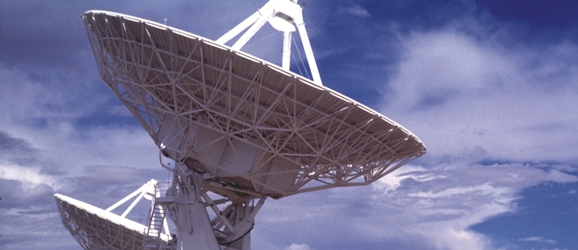The Pentagon Is Actively Hunting UFOs, Here’s How
The Pentagon's All-domain Anomaly Resolution Office wants to develop and build purpose-built sensors dedicated to locating and track UFOs.

The Pentagon’s All-domain Anomaly Resolution Office (AARO) investigates reports of UFO sightings that are submitted by military personnel, the general public, and any other source that brings a valid sighting to their attention. However, instead of just poring over those reports, it looks like the All-domain Anomaly Resolution Office will be actively looking for UAPs (unidentified aerial phenomena) by developing purpose-built sensors specifically made for detecting, tracking, and identifying these objects. According to The Drive’s report on AARO Director Sean M. Kirkpatrick’s testimony at a NASA hearing, these sensors will be placed in suspected hot spots for surveillance.
The Pentagon’s AARO testified that out of all the UFO reports they have received, around two to five percent of them could be described as “anomalous,” leaving these cases unresolved. This is why the AARO is developing its own array of dedicated sensors that would allow the department to get more data and improve the resolution rate of these anomalous cases. In other words, the department won’t just be passively investigating cases and will actively be seeking information about new UAPs to get the data the department needs.
The heat map of active reporting areas is a “biased map,” according to Kirkpatrick since the majority of those areas are where sensors from the Defense Department, the Intelligence Community, NASA, NOAA, and the FAA already exist. The Pentagon’s AARO department’s dedicated sensors will help it move beyond the reliance on these Defense Department and intelligence community sensors for UFO data, which Kirkpatrick says “don’t point to where we want them to point.” However, obstacles still remain when deciding where to put these new purpose-built sensors.

Kirkpatrick went on to detail some of the challenges the Pentagon faces when it comes to these UFO sensors, which include the fact that there are domestic surveillance laws that need to be adhered to while still getting the sensors in high-confidence areas. Ground-based point detectors that point up are one way to circumnavigate this. Additionally, Kirkpatrick says that the department will be looking at the possibility that existing sensors across different organizations, academia, and industry could be used or repurposed for the AARO’s goals.
During the hearing, Kirkpatrick didn’t give many further details on what type of sensors the Pentagon will be building for these UFO hunts, nor did he specify the locations they’re considering for placement. We should get some more insight into the AARO’s processes and development of the sensors when the department gives its annual report to Congress on August 1. We should also get an update on the caseload, but Kirkpatrick noted that at this time, the anomalous case percentage likely won’t go down before August.
It’s certainly interesting to see the Pentagon making such a concerted public effort to track and identify UFOs, and it will be interesting to see how the AARO continues to evolve. The recent whistleblower news from an Air Force veteran about a possible alien craft in the government’s possession makes these stories especially interesting. We’ll keep you updated on the AARO, and any updates about the whistleblower story as well, so stay tuned.











